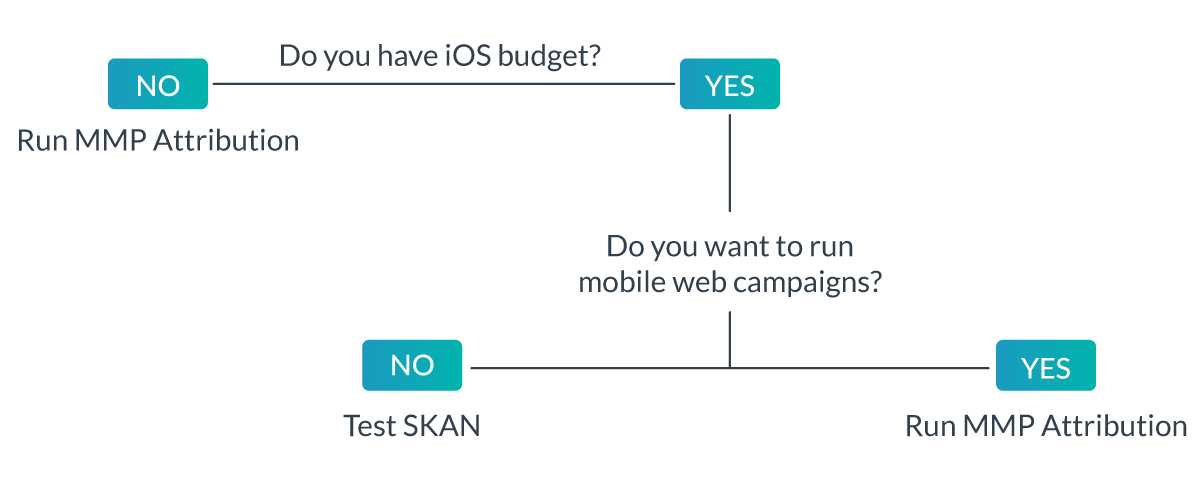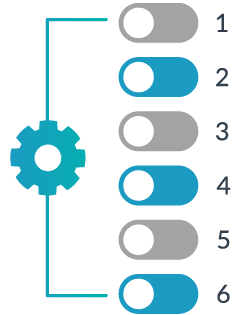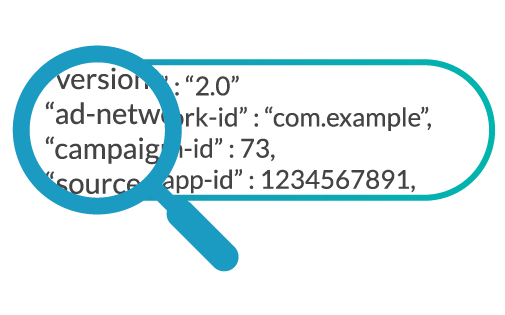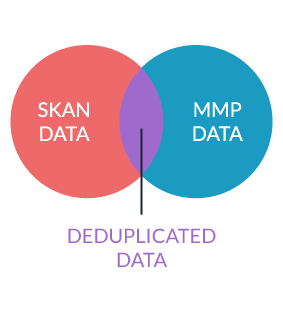Subscribe to our newsletter and get the latest resources sent to your inbox.

Best Practices for SKAN Campaigns
9 MIN READIf there is one thing every mobile app marketer knows for sure, it’s this: The future of probabilistic is uncertain. Since Apple deprecated IDFA and brought App Tracking Transparency (ATT) to the masses, most mobile advertisers and MMPs have defaulted to probabilistic matching as the best way to continue optimizing campaigns. But they have done this with the knowledge that Apple could disallow probabilistic at any moment. Testing SKAN — and becoming proficient — is the best way advertisers can protect against Apple policing probabilistic.
Your partners can run SKAN attribution, MMP attribution, or both simultaneously. However, SKAN’s attribution process and data granularity are significantly different from what most marketers have become used to with MMPs. And since many teams have been reluctant to experiment with SKAN, it’s important to keep a few key differences in mind when budgeting for these campaigns.
SKAN and DSPs
When it comes to successfully running SKAN campaigns, we’re mostly talking about ad-serving platforms like DSPs. We have found that this is the best option for clients testing SKAN campaigns. As you likely know, DSPs usually run CPM campaigns (optimizing toward CPI/CPA goals but not using it as the paid action). As such, we typically see the worst performance right after DSP campaigns launch. As the campaign gathers performance data from multiple sources, we can refine the campaign as we know more about what works best. This allows us to continue to optimize in real time. As the campaign goes on and gets smarter, performance can exceed a client’s CPA goals.
So, before testing a SKAN campaign, ensure your goals and expectations are aligned with the benefits and limitations of DSPs.
Five considerations for SKAN campaigns
- All SKAN attribution is iOS deterministic, ID matching. This is no longer widely available for MMPs, meaning almost all MMP attribution for iOS is probabilistic, which has the potential to be less precise.
- SKAN does not currently support mobile web-to-app attribution. If you have mobile web-to-app strategies/budget, it will not get spent on SKAN. Instead, you should rely on MMP attribution.
- SKAN supports deterministic VTA. If you have probabilistic VTA disabled on your campaign, you may see more robust attribution numbers if you’re running SKAN since it will be able to attribute these users.
- SKAN attribution can be more complicated to navigate, and the reporting data is much less granular than what you can find with MMP attribution. Therefore, it can be a significant adjustment and require additional setup when you start to support SKAN. And, of course, there is a 24-48 hour delay in receiving your SKAN postbacks (at least for now).
- SKAN only applies to iOS budgets (you’d be surprised how often this gets asked).
Should you test SKAN?

Using MMPs in conjunction with SKAN
Most of our advertisers are running SKAN and MMP attribution simultaneously. This is not an issue, and more performance data is usually better. MMPs are diving into the SKAN process, coupling these efforts with deep knowledge about what clients need. Clients don’t pay for a SKAN subscription, but they hire MMPs who can enhance SKAN.
- Helping clients design their conversion value mapping. This is really complex and presented a big challenge for marketers when SKAN was first released. But now, for example, AppsFlyer has a Conversion Studio where clients can easily select/change the 63 conversion value mapping values in various combinations. AppsFlyer can then send these values to SKAN (even though they’re not involved in attribution).
- Decoding postbacks for reporting. If you send SKAN postbacks to your MMP, most of them can display the decoded values in your dashboard and provide a more familiar and uncomplicated view of your SKAN data.
- Combining data. This is still in the works, but MMPs are trying to combine the data you get from SKAN + the data received from the MMP and then deduping the data, so you get to pick up attribution from both without double counting users.

Help clients design their conversion value mapping

Decode postbacks for reporting

Combining Data
For now, you need to determine whether you’re using SKAN or MMP attribution to support your budget. You don’t want to count users twice. So use one number for your analytics and the other to gain more insight for your use. Let’s use an imperfect example to illustrate my point.

Let’s say we had to count how many apples are on this tree. SKAN and MMP are going to count them separately but, ideally, we’d get to the correct number of apples: six.
If the MMP is counting, let’s say they have trouble counting apples if they have bugs on them, so they only count five. If SKAN is counting, let’s say they have trouble counting apples if they are green, so they only count four.
They’re both close, but we need to figure out which one we want to use. We wouldn’t want to add them together because that would be nine total apples.
Partners typically like using the method that shows their performance is stronger. Ultimately, though, each user acquisition team will have to choose the best attribution method for their needs.
Posted: October 18, 2022
Category: Mobile Insights Blog, Mobile Performance Strategies
Tags:

